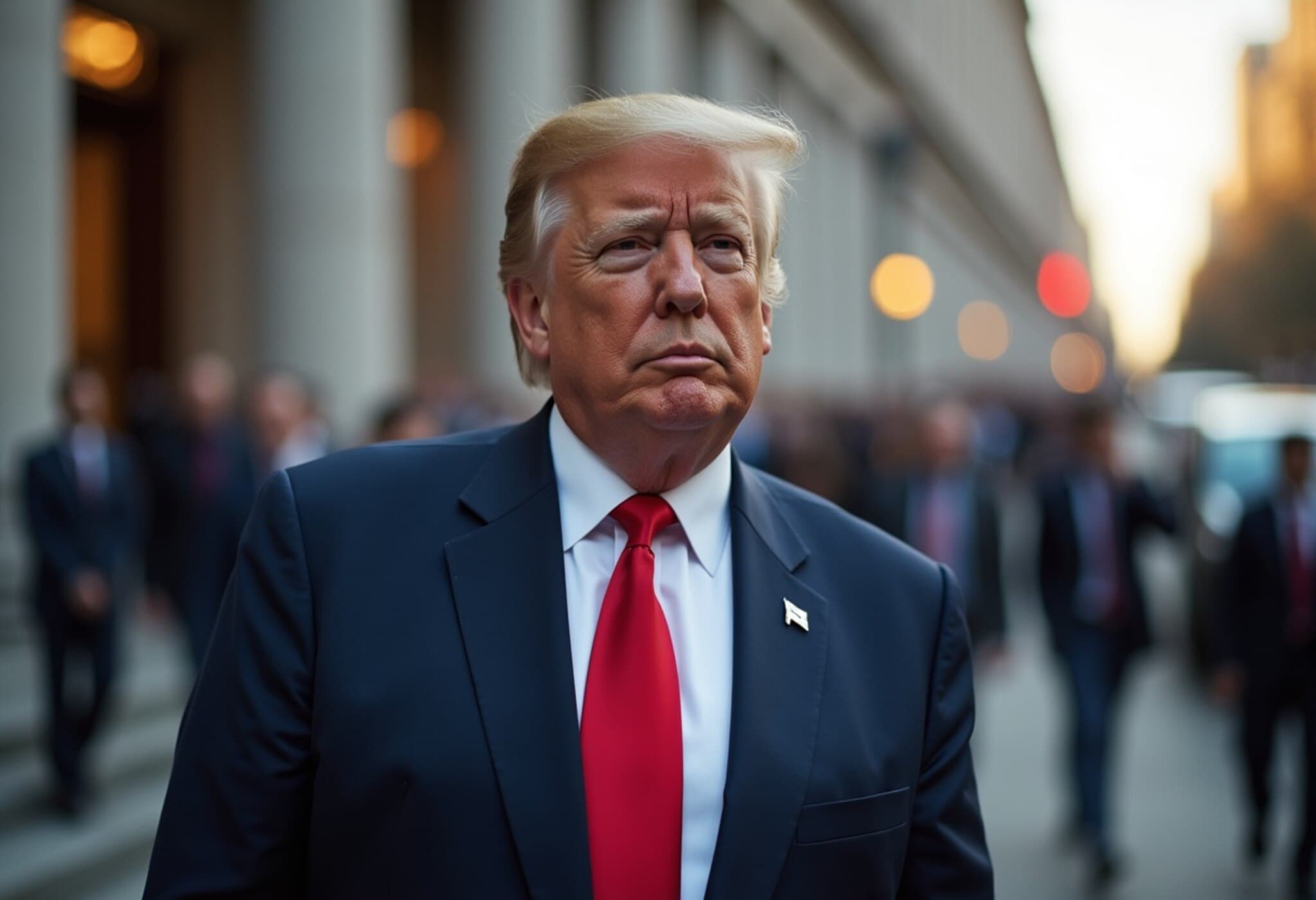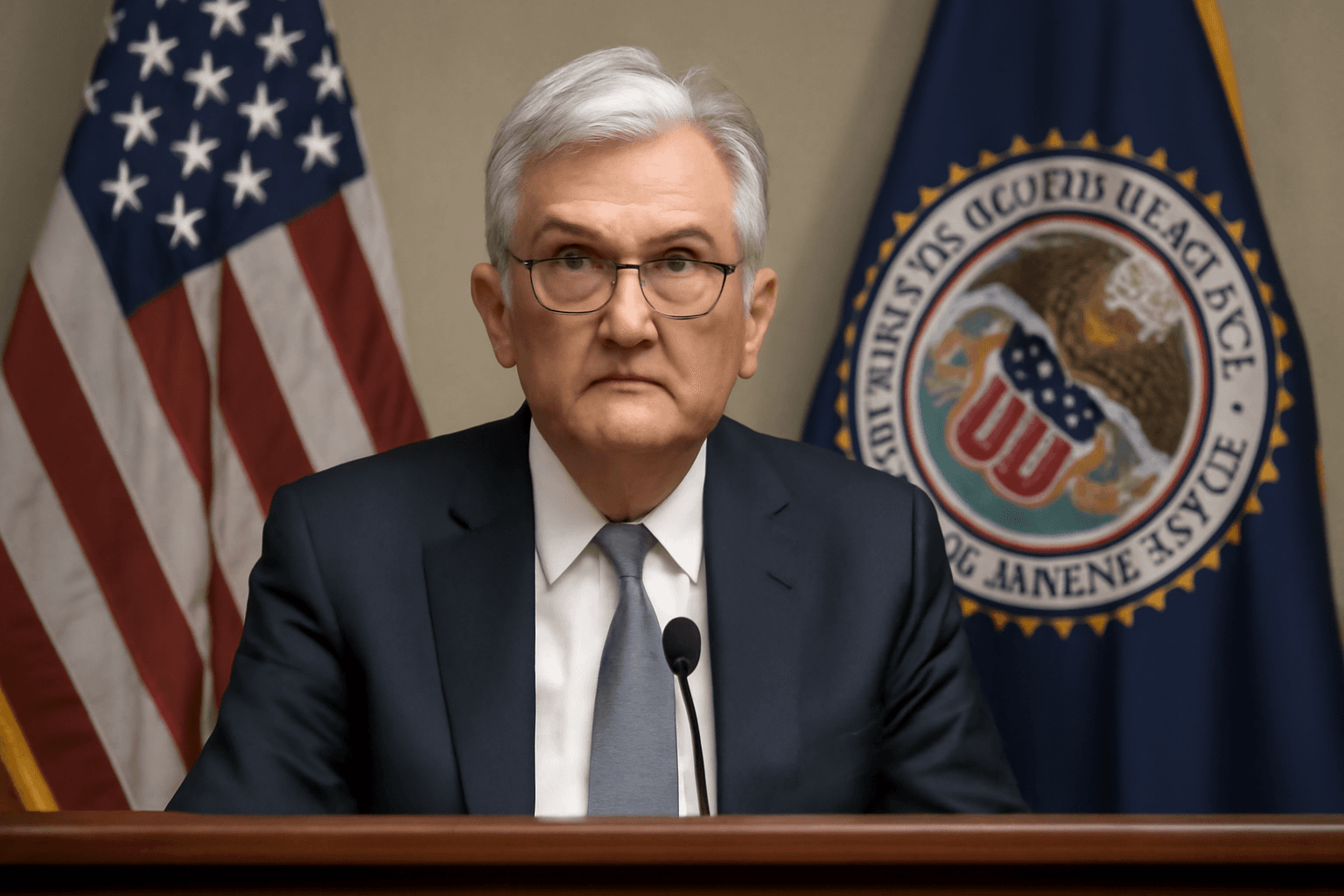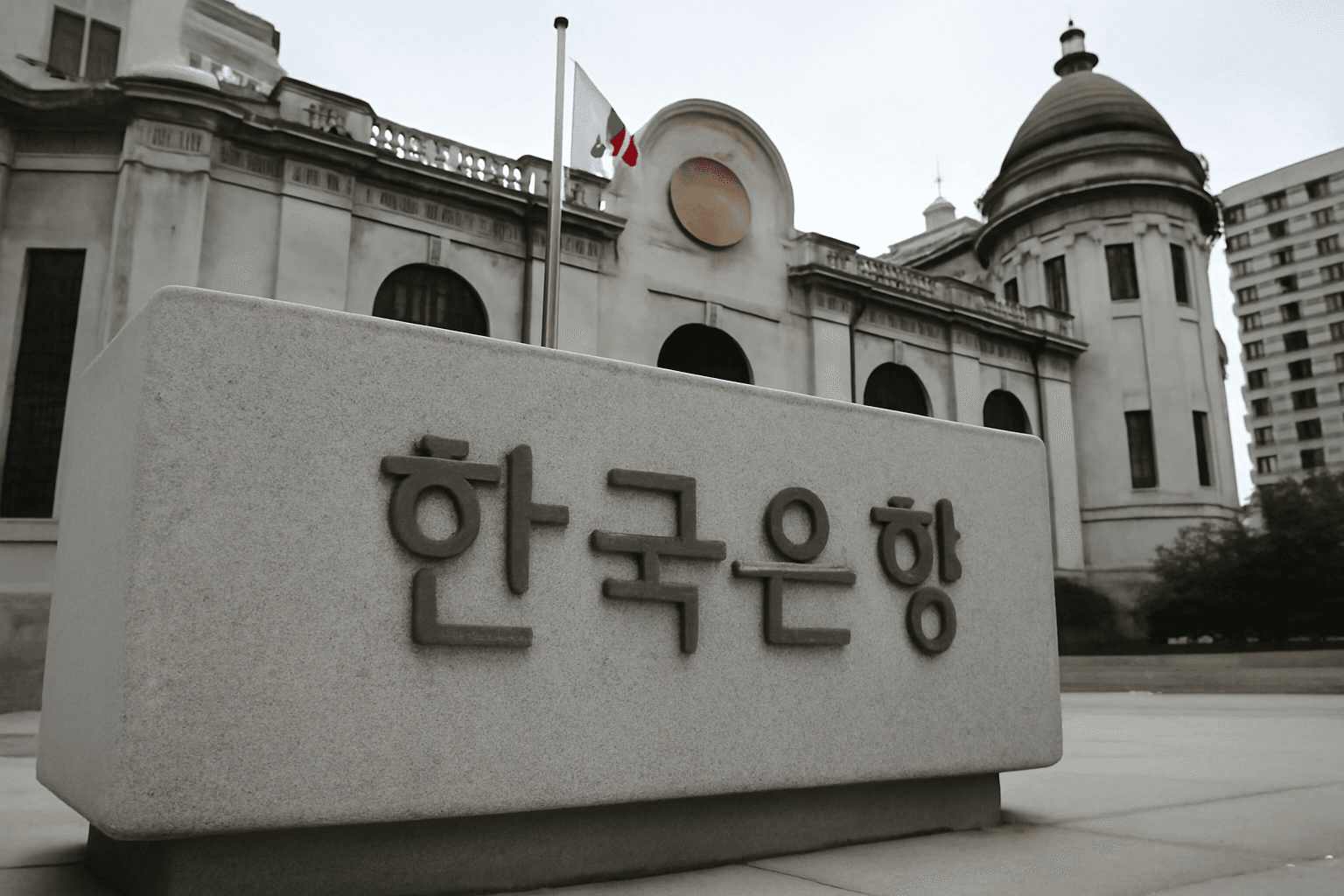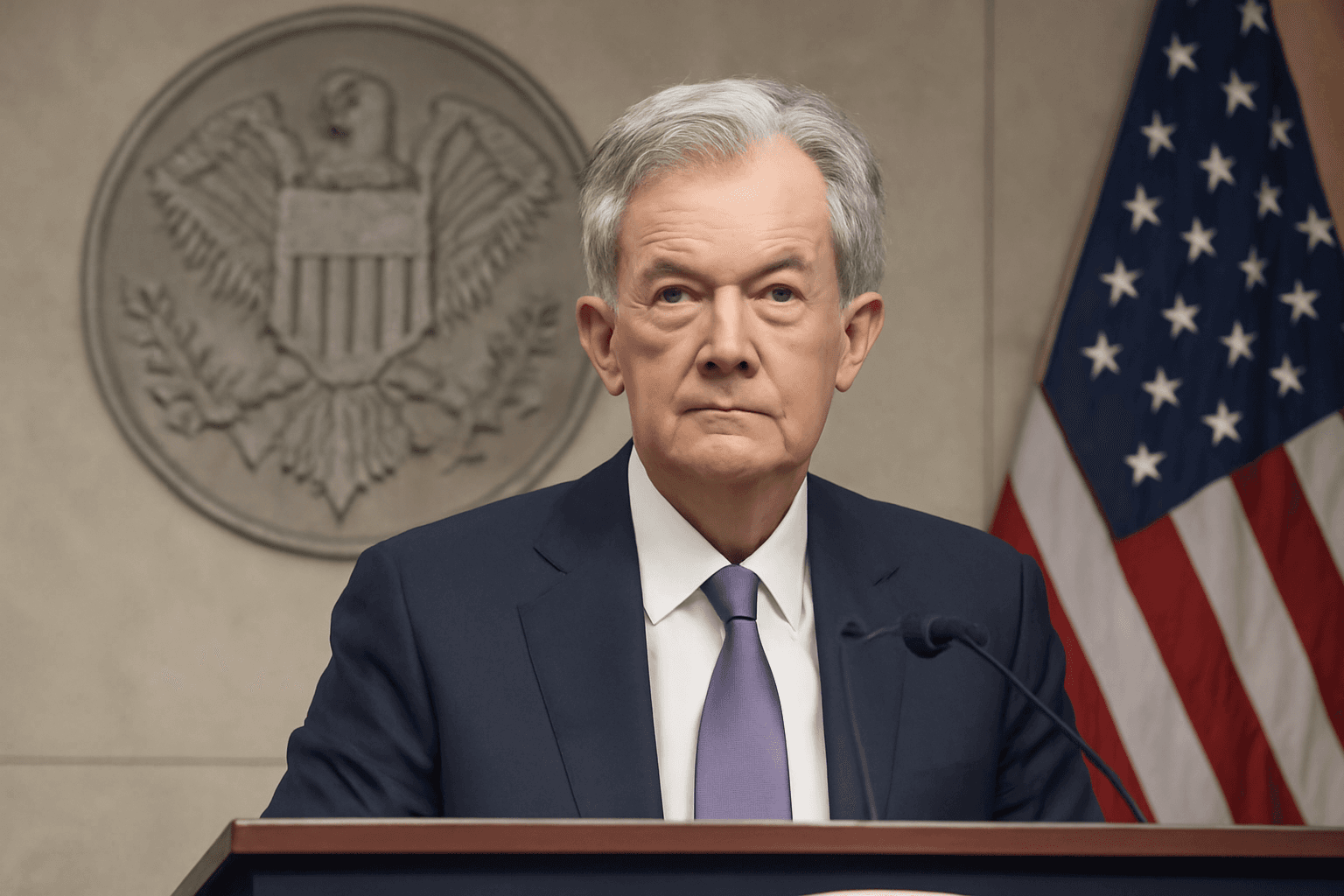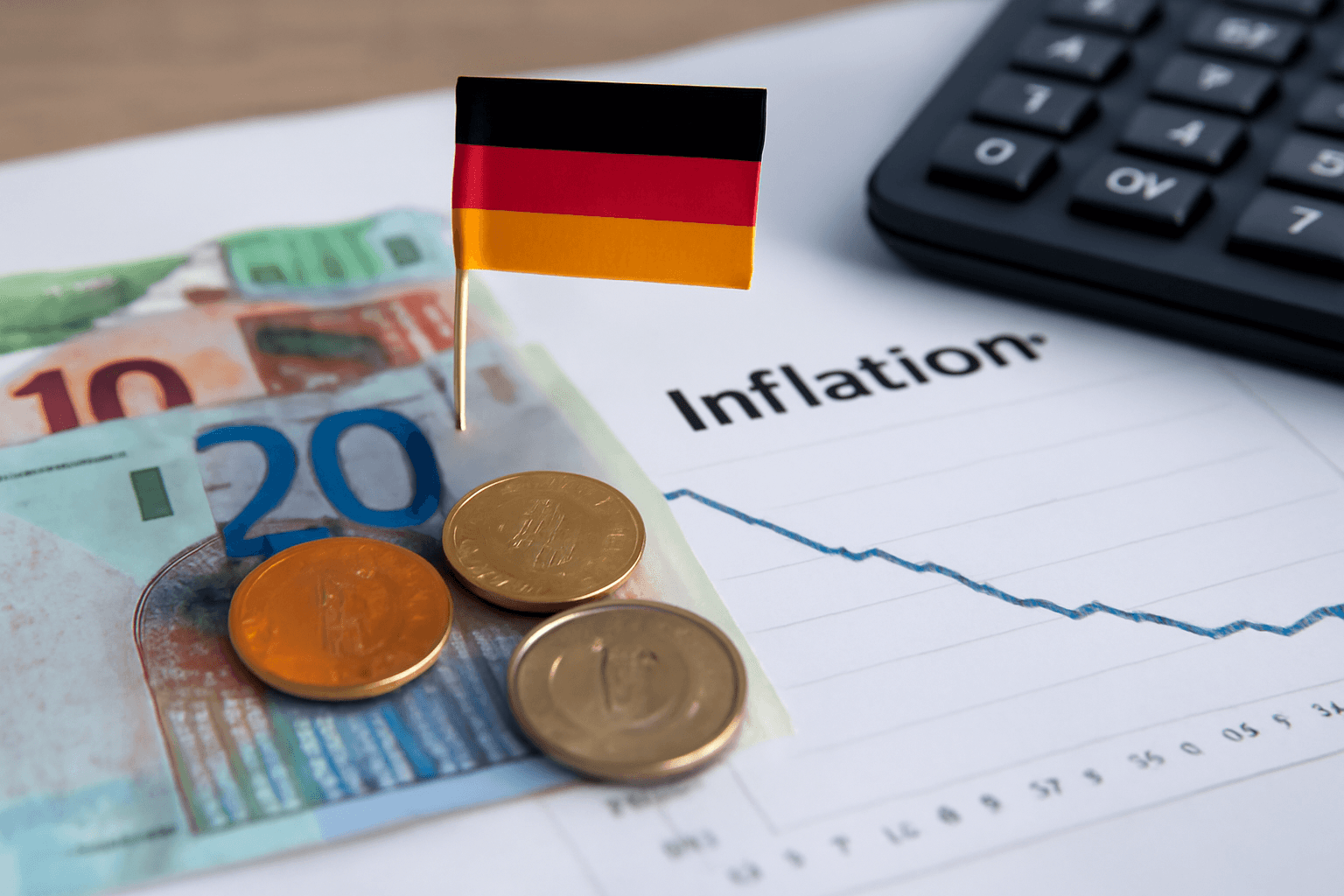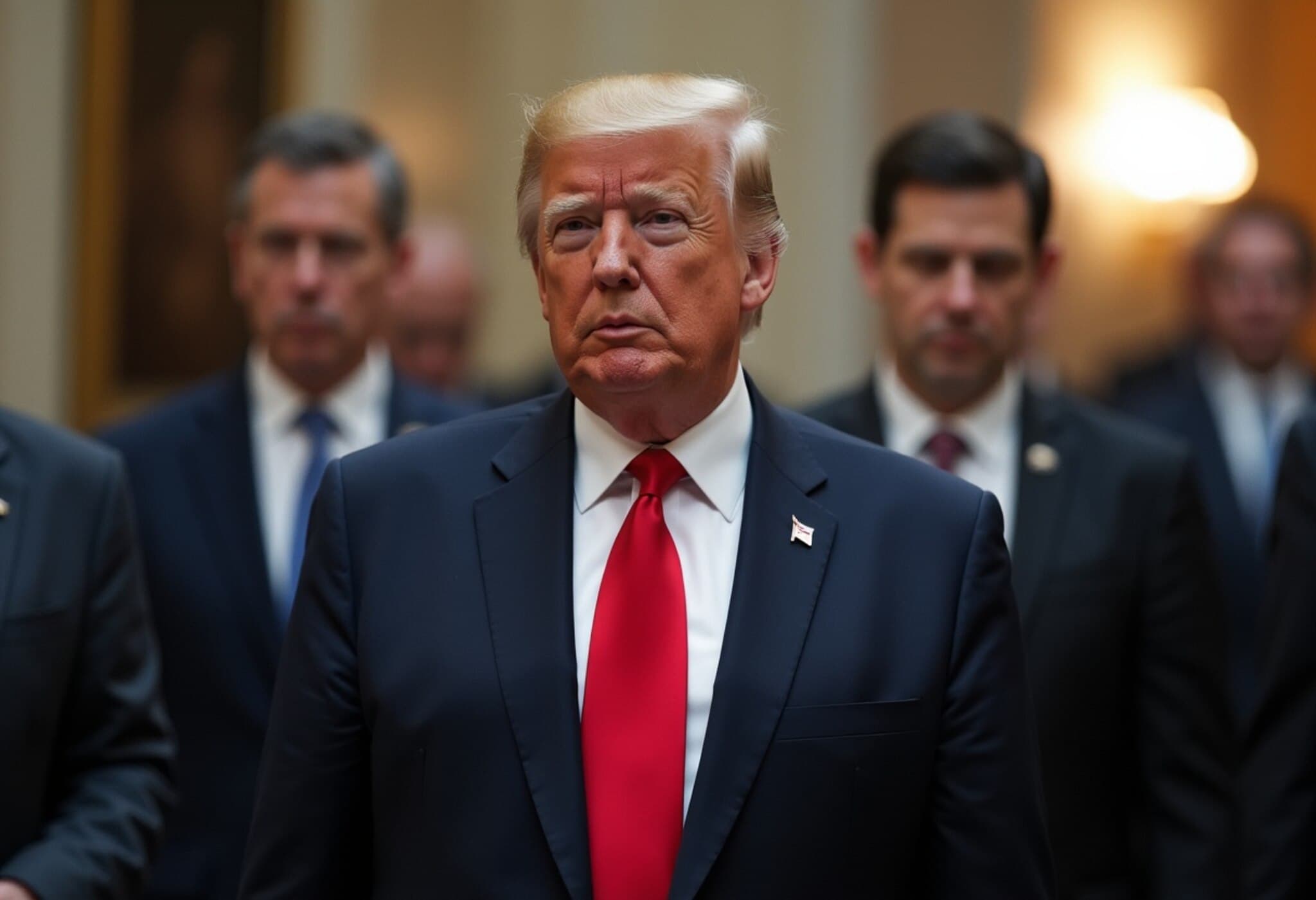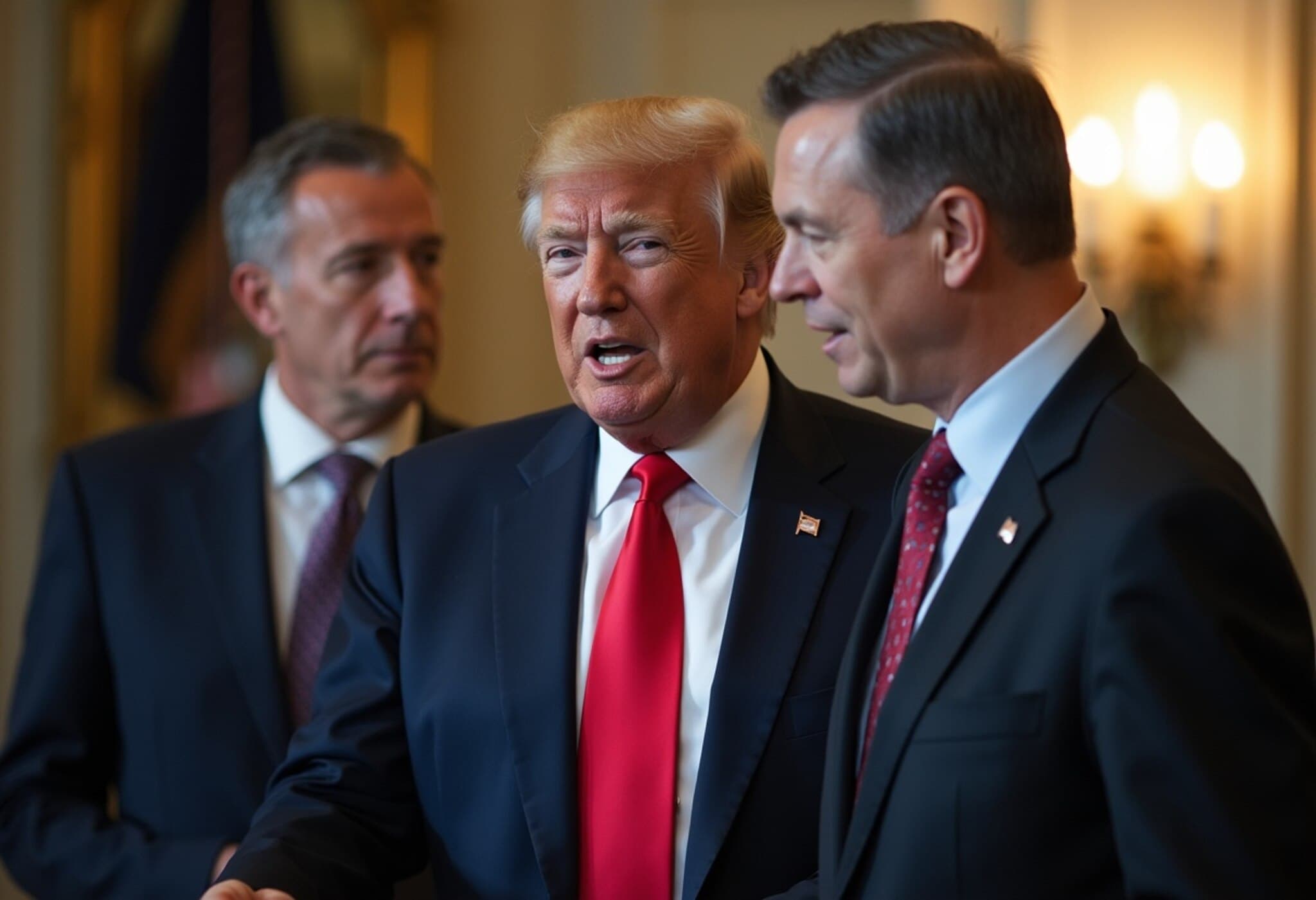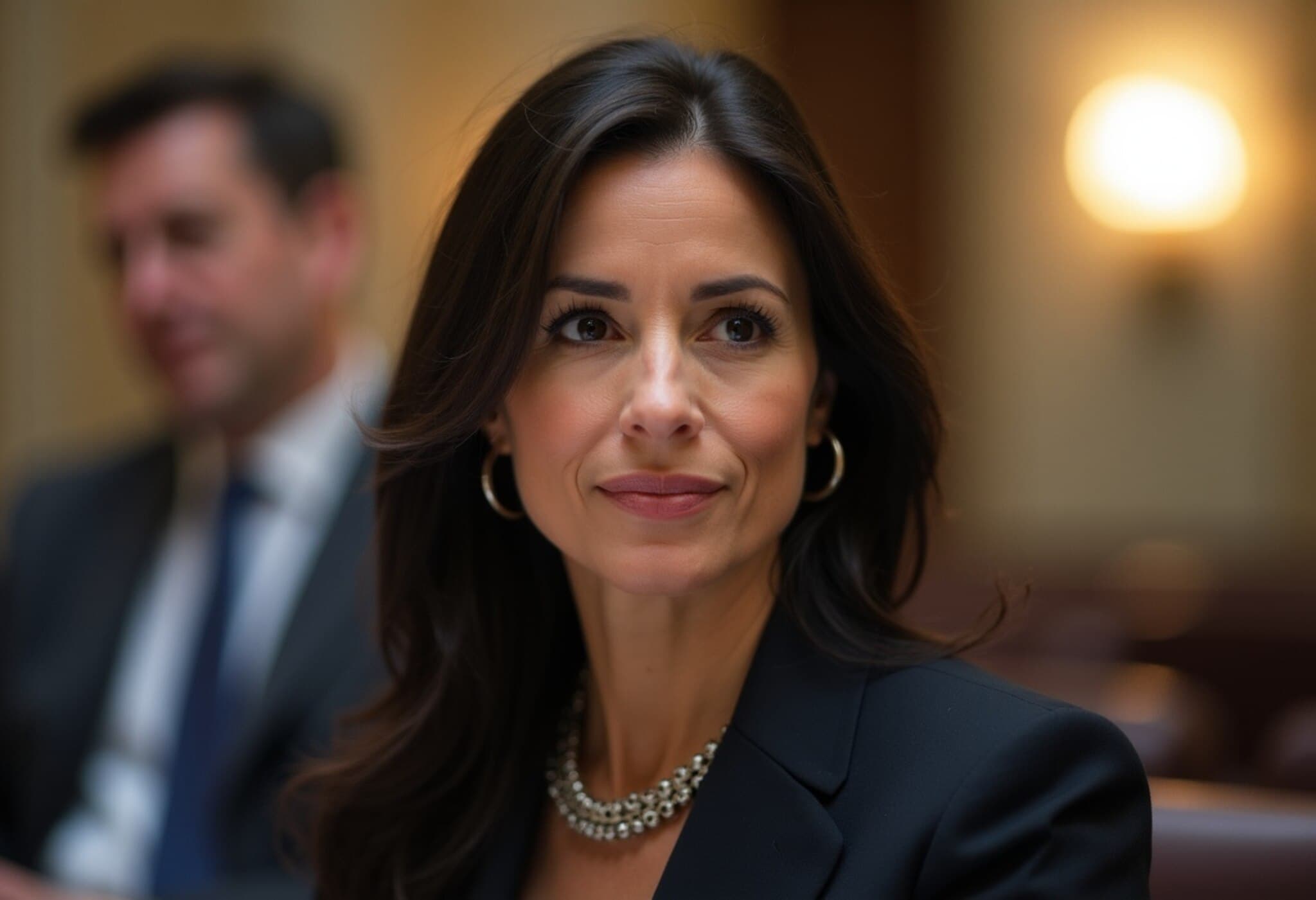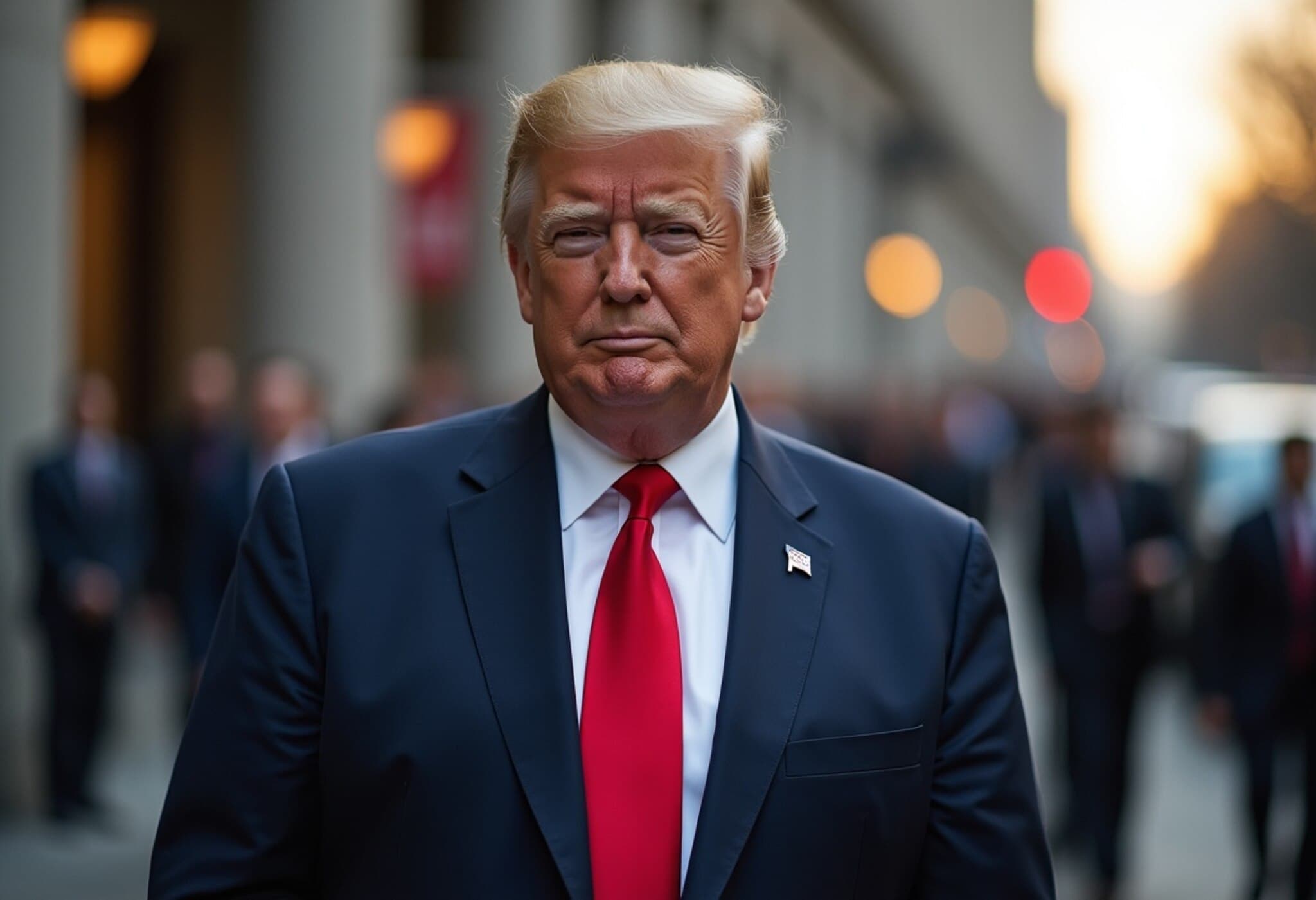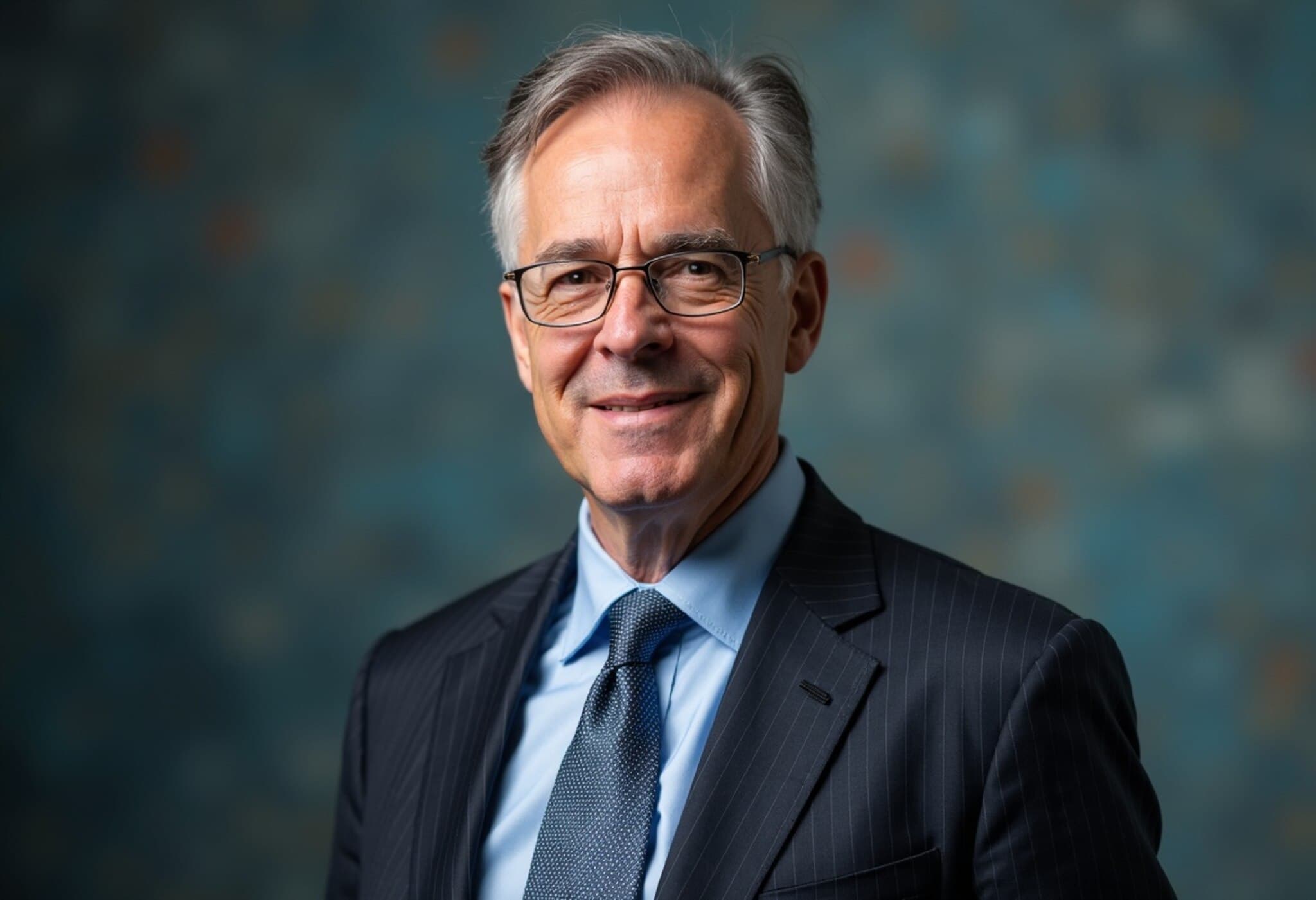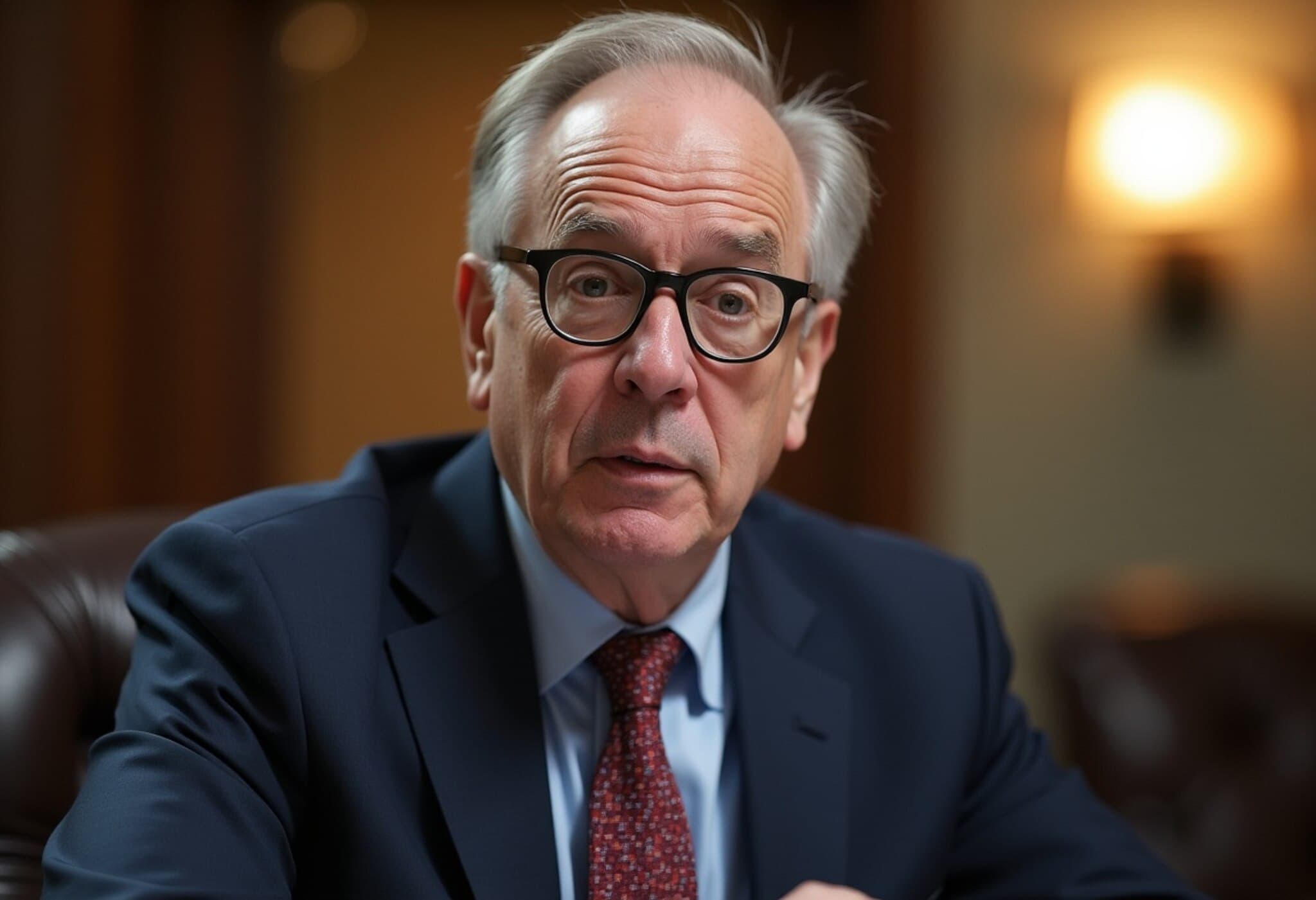Federal Reserve Holds Interest Rates Firm Despite Political Push
In a move that surprised few yet disappointed some, the Federal Reserve decided on Wednesday to maintain its benchmark interest rate within the range of 4.25% to 4.5%. The Federal Open Market Committee (FOMC) voted 9-2 to keep rates unchanged, signaling caution amid a complex economic backdrop.
A Divided Fed and Rare Dissent
What made this decision notable was the rare show of division among Fed Governors Michelle Bowman and Christopher Waller, who opposed the decision and favored initiating rate cuts. This marks the first time since 1993 that multiple governors publicly dissented on an interest rate vote, highlighting the complexity and varied perspectives within the central bank’s leadership.
Both dissenting governors believe that inflation has stabilized and that fragilities in the labor market warrant preemptive monetary easing. Their stance reflects a growing conversation among policymakers wrestling with balancing inflation control and economic growth sustainability.
President Trump’s Persistent Pressure on the Fed
Against this backdrop, President Donald Trump has maintained a vocal campaign advocating for aggressive rate cuts, suggesting a reduction of up to 3 percentage points to alleviate borrowing costs amid mounting national debt and a sluggish housing sector. Despite threats and public criticism — including calls for Fed Chair Jerome Powell’s resignation — the Federal Reserve has preserved its independence, hunting for data-driven decisions over political influence.
Trump’s push exemplifies the ongoing tension between economic policymaking bodies and the executive branch, raising essential questions about the boundaries and independence of central banking institutions in a politically charged environment.
Economic Data Paints a Mixed but Resilient Picture
The decision comes amid evolving economic signals. The U.S. Commerce Department reported unexpectedly strong economic growth of 2.1% annualized in the second quarter. This figure was buoyed by a correction in import levels swollen in the previous quarter by tariff-related import surges.
Meanwhile, inflation indicators show a cooling trend, with core inflation hovering around 2.5%, edging closer to the Fed’s target of 2%. These metrics provide evidence of a still-healthy economy but with cautionary notes about persistent inflationary pressures.
Looking Ahead: What To Expect From September And Beyond
Fed Chair Jerome Powell emphasized at Wednesday’s press conference that no decisions have been made regarding interest rates at the upcoming September meeting. The Fed will continue to monitor data, including labor market figures, inflation trends, and geopolitical events such as ongoing tariff negotiations that could impact inflation and growth.
Financial analysts like Jack McIntyre of Brandywine Global interpret the dissent as nudging Powell closer to a dovish stance, potentially setting the stage for rate cuts in the fall—assuming the economy displays signs of weakening.
The Bigger Picture: Central Bank Independence and Economic Stability
The Fed’s measured approach underlines the delicate balancing act it faces. On one side is the imperative to keep inflation expectations anchored and avoid a persistent rise in the price level. On the other is the risk of slowing economic activity, which could necessitate rate cuts to sustain employment and growth.
This episode also serves as a vivid example of the pressures central banks face in politically polarized contexts. The ongoing dynamic between the Fed's data-centric decision-making and political actors' calls for intervention spotlights fundamental questions about governance, economic stewardship, and systemic resilience.
Editor’s Note
This Federal Reserve decision encapsulates the crossroads faced by monetary policymakers amid political challenges and uncertain economic data. While the Fed maintains its footing on steady interest rates for now, undercurrents of dissent and external political pressures suggest that future policy moves will be closely watched and fiercely debated.
Readers should consider: How might political interventions impact the independence of critical economic institutions? And as inflation recedes yet economic growth signs soften, what strategy will best safeguard long-term economic health?

